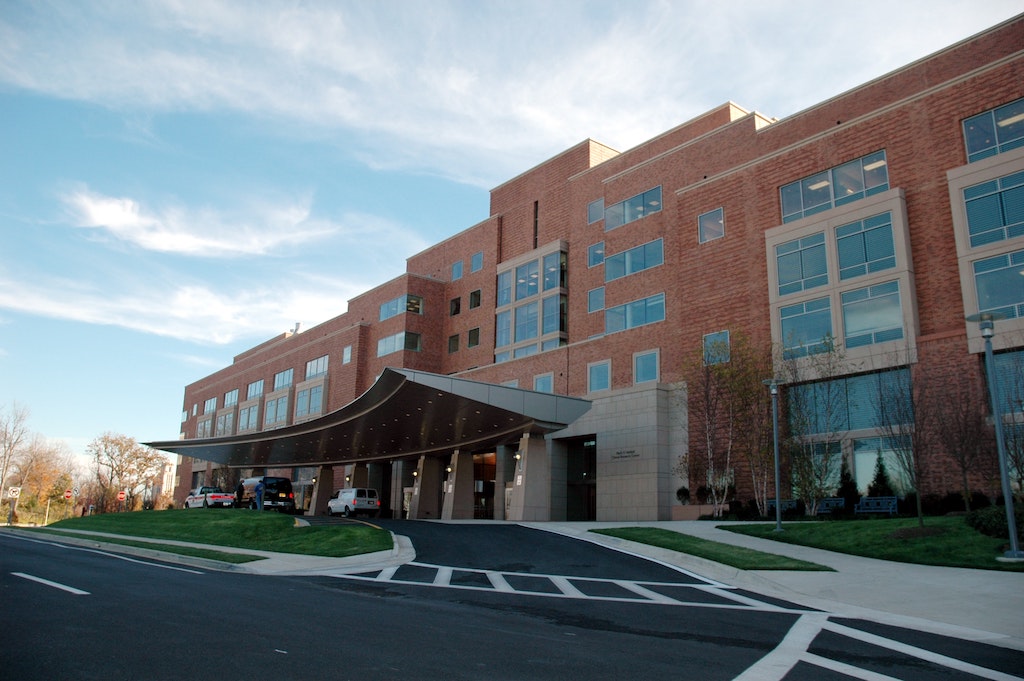We put together a list of 5 questions (and provided the answers) as a small medical real estate investment guide.
1) What is a medical office space / medical office building (MOB)?
A medical office space or medical office building (MOB) is a commercial real estate property that is specifically designed and used for medical purposes. It typically consists of individual medical office spaces that are leased to healthcare providers, such as doctors, dentists, or other healthcare professionals, as well as medical-related service providers.
Medical office buildings may have a range of features and amenities that are specifically tailored to the needs of medical professionals, such as exam rooms, lab space, imaging facilities, and other specialized medical equipment.
2) What is medical / healthcare real estate?
Medical/healthcare real estate refers to properties that are designed, built, or modified to house healthcare-related facilities, such as hospitals, medical offices, clinics, nursing homes, and assisted living facilities. These properties may have specialized features, such as exam rooms, surgical suites, and diagnostic imaging equipment, that are necessary to support the delivery of healthcare services. Medical/healthcare real estate can be owned and managed by healthcare providers, investors, or real estate companies.
3) How does medical real estate differ from other CRE sectors?
Medical real estate differs from other commercial real estate (CRE) sectors in several ways:
1) Specialized facilities: Medical real estate properties require specific design, construction, and operational features to accommodate healthcare providers and patients. For example, medical office buildings (MOBs) need to have appropriate exam rooms, medical equipment, and clinical spaces to accommodate the specific needs of healthcare professionals.
2) Government regulation: Healthcare is a highly regulated industry, and properties that house healthcare facilities must comply with various local, state, and federal regulations. This regulatory framework can influence the design, construction, and operation of medical real estate properties.
3) Strong demand: The healthcare industry is relatively resilient to economic cycles, and demand for healthcare services is expected to grow as the population ages and as medical technology advances. This demand can translate into relatively stable occupancy rates and rental income for medical real estate investors.
4) Longer lease terms: Healthcare tenants typically sign longer lease terms compared to other CRE sectors, which can provide more stable cash flows for property owners.
Higher construction costs: Medical real estate properties can be more expensive to construct or renovate due to the specialized features required for healthcare services, such as plumbing, electrical, and HVAC systems, as well as specialized medical equipment.
4) Is medical real estate a good investment?
Whether or not medical real estate is a good investment depends on various factors, including the property location, property type, market conditions, and the investment goals of the investor. However, medical real estate can be an attractive investment option for several reasons:
1) Stable income: Medical real estate can provide stable and predictable income streams for investors, as healthcare providers typically sign long-term leases with built-in rent increases.
2) Growing demand: As the population ages and the demand for healthcare services continues to rise, medical real estate is expected to see continued demand.
3) Diversification: Investing in medical real estate can provide diversification benefits to a real estate portfolio, as it is a separate asset class from traditional commercial real estate investments.
4) Potential for capital appreciation: Medical real estate can provide potential for capital appreciation over time, as the underlying value of the property can increase with improvements to the building and surrounding area, and as market conditions change.
However, like any investment, there are risks involved with investing in medical real estate. It is important to perform due diligence, conduct thorough market research, and consult with experienced professionals before making any investment decisions.
Why invest in medical real estate?
How to invest in medical real estate?
There are several ways to invest in medical real estate, including:
1) Direct ownership: Investors can directly purchase medical real estate properties and become landlords. This requires a significant amount of capital, as well as knowledge of the industry and market conditions.
2) Real estate investment trusts (REITs): Investors can purchase shares of publicly traded REITs that specialize in medical real estate. REITs offer the benefits of real estate ownership without the burden of directly managing the properties.
3) Private equity funds: Private equity funds that specialize in medical real estate can provide investors with access to diversified portfolios of medical real estate properties.
4) Crowdfunding: Crowdfunding platforms allow investors to pool their capital together to invest in medical real estate projects.
Before investing in medical real estate, it is important to do thorough research, assess market conditions and demand, and seek professional advice from real estate agents, lawyers, and financial advisors. Additionally, investors should be aware of the risks involved, such as market fluctuations, vacancy rates, and regulatory changes, and should only invest capital that they can afford to lose. If you are interested in Thomas Park’s investment platform, please reach out to investors@thomas-park.com for more information.
5) What is a medical REIT?
A medical REIT (real estate investment trust) is a type of publicly traded REIT that specializes in owning and managing medical real estate properties. These properties can include medical offices, hospitals, outpatient clinics, and other healthcare-related facilities.
Medical REITs generate income through leasing properties to healthcare providers, who use the properties to provide healthcare services. Healthcare providers typically sign long-term leases, which can provide steady and predictable income streams for the REIT.
Medical REITs can provide investors with exposure to the growing healthcare industry and the stable income streams associated with healthcare real estate. They may also offer diversification benefits as a separate asset class from traditional commercial real estate.
Investors can purchase shares of medical REITs on stock exchanges like any other publicly traded company. As with any investment, it is important to conduct thorough research, assess market conditions and demand, and seek professional advice before making investment decisions.
Supplemental Commercial Real Estate Information
Commercial Real Estate Management Guide: 6 Questions and Answers

